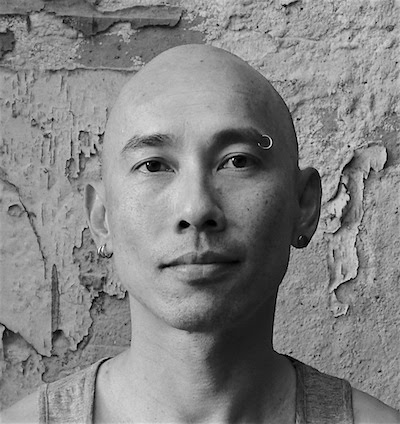Ming Poon works with applied choreography, using it as a tool to interrogate, disrupt and re-organise the social and political relationality of the body in time and space. In particular, he is interested in the potential within the body of the weak/peripheral to resist and disrupt hegemonic structures, using choreographic strategies that involve decolonisation, vulnerability, care, queerness and failure. For him, movement refers to the body’s ability to move, take action, and have agency to create change. He sees his works as choreographic interventions and social experiments, which are interactive and collaborative in design. His practice is inspired by Buddhist concept of interdependence and care, Judith Butler's resistance in vulnerability, Jack Halberstam's queer art of failure, Augusto Boal's theatre of the oppressed and Nicolas Bourriaud's micro-utopias.
He initiated Asian Performing Artists Lab (APAL) in 2020 as a platform for artists with asian background to meet, share and work together and is a founding member of Urgent Bodies, a a newly formed collective whose goal is to bring dance and activism together. He also manages The Farm, an independent space that combines performance-making with activism and co-living. Through these projects, he wants to bring his choreographic practice beyond the question of how we want to make work, and ask how we can create community instead.
Last Updated: March 2022
